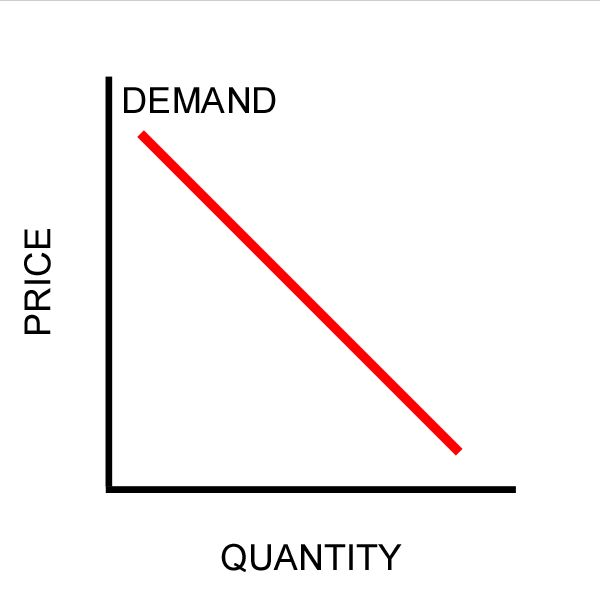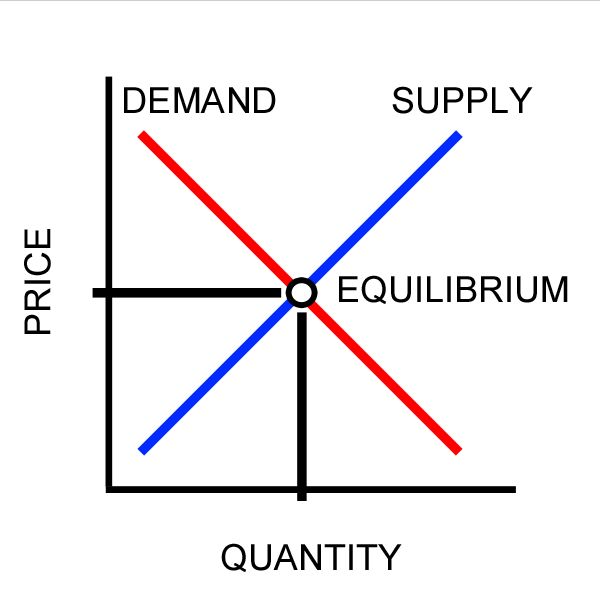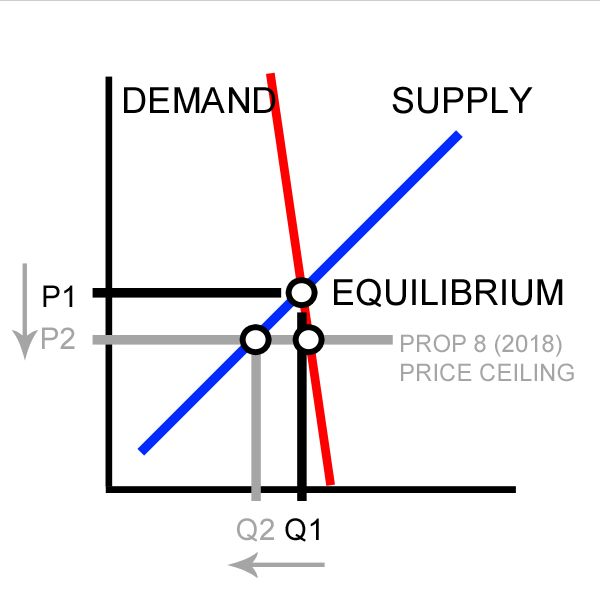The Basic Economics of California's Prop 8 (Dialysis Pricing 2018)

Proponents of California's Prop 8, and SEIU-UHW West– the major labor union that got it on the ballot for the 2018 elections– say they're hoping it will force kidney dialysis companies in California to spend more on improving their facilities, hiring more staff, and training them better, resulting in shorter wait times and better care for the 66,000 California residents who need dialysis every week.
The PRO argument for Proposition 8 on the CA voter information guide says:
"Dialysis is a life-saving treatment, but big dialysis corporations making huge profits don’t invest enough in basic sanitation and patient care. YES ON 8 supports investment in quality patient care and stops overcharging that drives up costs for Californians. The California Democratic Party, veterans, healthcare advocates and religious leaders agree: Yes On 8."
Opponents of Prop 8 say its passage would result in the closure of many dialysis clinics in California, actually reducing access to this critically vital medical service.
The CON argument for Proposition 8 on the official CA voter information guide says:
"Proposition 8 is OPPOSED by thousands of nurses, doctors, patients, the American Nurses Association\California, California Medical Association, American College of Emergency Physicians of CA because it would result in the closure of many dialysis clinics in California—dangerously reducing access to care, putting the lives of vulnerable dialysis patients at risk, and increasing costs for California taxpayers. Vote NO."
Both sides claim to have the best interests of kidney dialysis patients/customers in mind, but there is no denying that a lot of money is also at stake with the passage or defeat of Prop 8.
And that's at least partially as true for the labor unions as it is for the dialysis companies, and even health insurance companies (which could stand to profit if Prop 8 passes) have a stake in it.
That's why the battle over Prop 8 has become one of the most expensive ballot proposition fights ever, with supporters raising $20 million to pass it, and opponents raising $99 million to stop it.
While it can be tough to separate the arguments from the vested interests on each side, here is an Econ 101 analysis of Prop 8.
The most basic laws of economics are:
1) The Law of Supply, and 2) The Law of Demand.
Almost every economic phenomenon is the result of the interaction between these two laws.
The Law of Demand

Shown above is the Law of Demand on a graph of the relationship between the price and the quantity of any good or service.
The Law of Demand states that the quantity of a good demanded by consumers will tend to fall as its price increases and rise as its price decreases. (That's why people buy so much on Black Friday.)
The Law of Supply

This is how the Law of Supply looks on the same graph. The Law of Supply states that the quantity of a good supplied by producers will tend to increase as its price increases and fall as its price decreases.
The Law of Supply and Demand

And this is how The Law of Supply and Demand look on this graph.
Suppliers can’t sell more of a good than buyers are willing to buy and buyers can’t buy more of a good than suppliers are willing to supply, so the point where the interests of all buyers and all suppliers in a market meet is what determines the quantity of goods produced and what the price of each unit of that good is.
This is the place where the two lines intersect and it is called "equilibrium." The total value of the market is the quantity of goods sold times the price of each individual unit, which is graphically represented by the area of the square made by the black lines.
The Demand Curve for Kidney Dialysis

This is what the demand curve for kidney dialysis services looks more like. It's steeper than the generic demand curve in the first graph above. That's because even if you raise the price for kidney dialysis, people will buy nearly the same amount.
Demand that isn't very responsive to price changes is what economists call "price inelastic" or "inelastic demand."
Kidney dialysis is price inelastic because people in the market for it need it on a weekly basis to stay alive, and big insurance companies and Medicaid pay for most of it.
The Market for Kidney Dialysis

So the market for kidney dialysis looks something like this today. If passed, Prop 8 will force dialysis companies in California to lower their prices to an amount equal to:
"115 percent of the sum of all direct patient care services costs and all health care quality improvement costs incurred by a governing entity and its chronic dialysis clinics."
This is what economists call a "price ceiling."
The Market for Dialysis After Prop 8

The predictable result of imposing a price ceiling is a misalignment of the supply and demand side of the market, and a decrease in the quantity of the good supplied, what economists call:
A shortage.
In this case, a shortage of dialysis clinics, which would mean longer wait times, and less service for dialysis patients. The opposite of what Prop 8's supporters hope for, and exactly what its opponents– the dialysis companies– say will happen.
You can see how this works out according to the Law of Supply on the graph above. The black lines illustrate the current price and quantity of dialysis services provided, while the gray lines represent the new price and quantity supplied at the new price point that would be enforced by the passage of Prop 8.
The Predictive Power of Economic Thinking
As you may have noticed, there are no numbers on any of these graphs. Markets like these have too many confounding variables to create a precise and accurate representation of the Supply and Demand curves, or to make exact predictions.
But these back-of-the-envelop illustrations show how to think about questions like Prop 8 economically, and because economics is closer to a science than it is to a political ideology, it can be very robust in its predictive powers. Back in 2010, I used the Law of Supply and Demand to predict that legalizing marijuana in the United States would lead to a decrease in drug related violent crime.
Last year– seven years after I made my prediction– several U.S. states had legalized marijuana, and a study by the Pennsylvania State University Department of Sociology and Criminology found that drug related violent crime along the border with Mexico did decrease measurably each time a state legalized the plant.
The opponents of Proposition 8 are certainly as self interested as its proponents are, when they say that the passage of Prop 8 could actually lead to clinic closures and longer wait times for patients.
But economists understand why what they are claiming is a very plausible– maybe even likely– outcome of imposing price ceilings on this market, as Prop 8 would do if passed.





